The Atlantic States Marine Fisheries Commission votes to improve menhaden management
The Atlantic States Marine Fisheries Commission voted unanimously today to improve management strategies for Atlantic menhaden, by requiring consideration for the small baitfish’s impact on fish up the food chain. Economically important sportfish such as striped bass rely on healthy menhaden populations for survival.
After recreational anglers weighed in, the Commission adopted the new ecological management system, which considers the needs of predator species and will begin the process of allowing fish like striped bass to meet population targets. Menhaden is the first fishery on the east coast to shift to an ecosystem management approach.
“This landmark decision represents a new era in fisheries management,” said Whit Fosburgh, president and CEO of the Theodore Roosevelt Conservation Partnership. “We are grateful for the Commission’s support of comprehensive strategies that support the entire Atlantic ecosystem. This decision will spur healthier menhaden and gamefish populations while supporting the recreational fishing economy along the eastern seaboard.”
The Commission has worked diligently for over a decade to thoroughly vet several ecosystem models that led to the development and implementation of these ecological reference points for Atlantic menhaden. The selected model includes important predator species like Atlantic striped bass and bluefish as well as alternative prey such as Atlantic herring. Ultimately, these reference points can be used to set quotas that will help ensure enough menhaden are left in the water to help Atlantic striped bass, bluefish and Atlantic herring rebuild from overfished conditions.
“Today’s decision is a critical step towards acknowledging that forage fish like menhaden are ecologically important to recreationally important species like striped bass and bluefish,” said Mike Leonard vice president of government affairs for the American Sportfishing Association. “A healthy Atlantic menhaden stock, and quotas that account for the needs of predators, is the science-based management we look for to help support a healthy ecosystem and the sportfishing opportunities it provides.”
“As recreational anglers, we commend the board for adding this new tool to the tool box which allows for a more holistic approach to managing the coast’s most valuable forage for striped bass and many other important recreationally caught gamefish species,” said David Sikorski, executive director of Coastal Conservation Association Maryland.
“The implementation of the ecological reference points for Atlantic menhaden represents a significant step in advancing science-based fisheries management,” said Chris Horton, senior director of fisheries policy of the Congressional Sportsmen’s Foundation. “For the first time, we now have a model that can account for the need to leave menhaden in the water for the benefit of other important fisheries and the marine ecosystem as a whole.”
“Recreational boaters and anglers stand behind science-backed conservation efforts to maintain the health of our nation’s fisheries,” said Adam Fortier-Brown, government relations manager of the Marine Retailers Association of the Americas. “This is why our community has come out so strongly in support of the approved Atlantic menhaden management plan, which would support the whole ecosystem and begin the process of bringing back populations of prized fish like striped bass, bluefish, and weakfish.”
According to a recent scientific study, menhaden reduction fishing contributes to a nearly 30 percent decline in striped bass numbers. The striped bass fishing industry contributes $7.8 billion in GDP to the economy along the Atlantic coast.
Top photo by David Blinken.

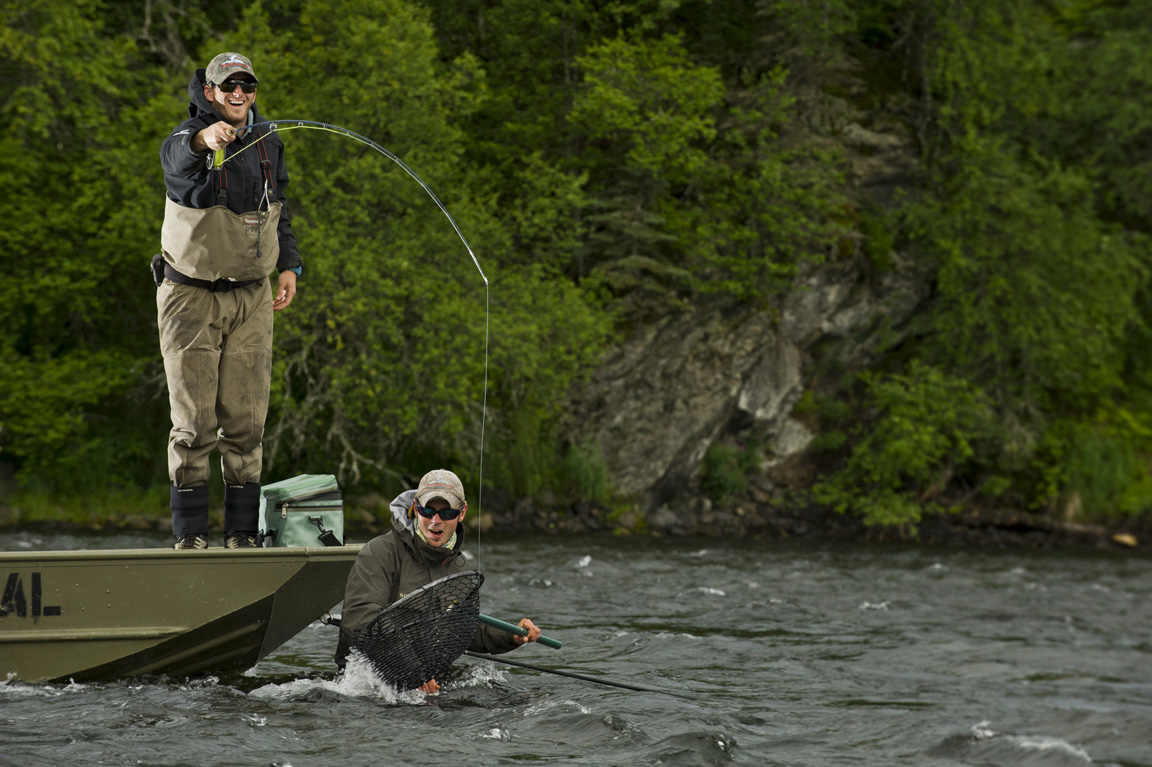
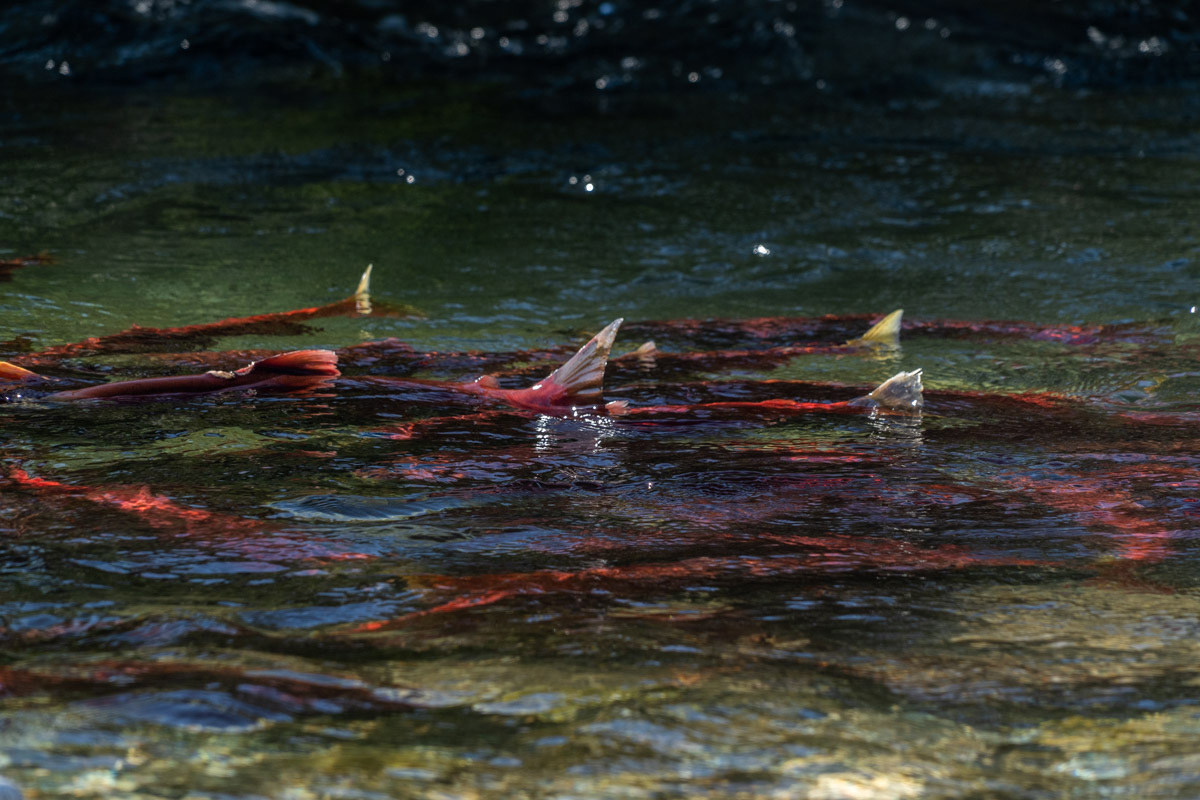
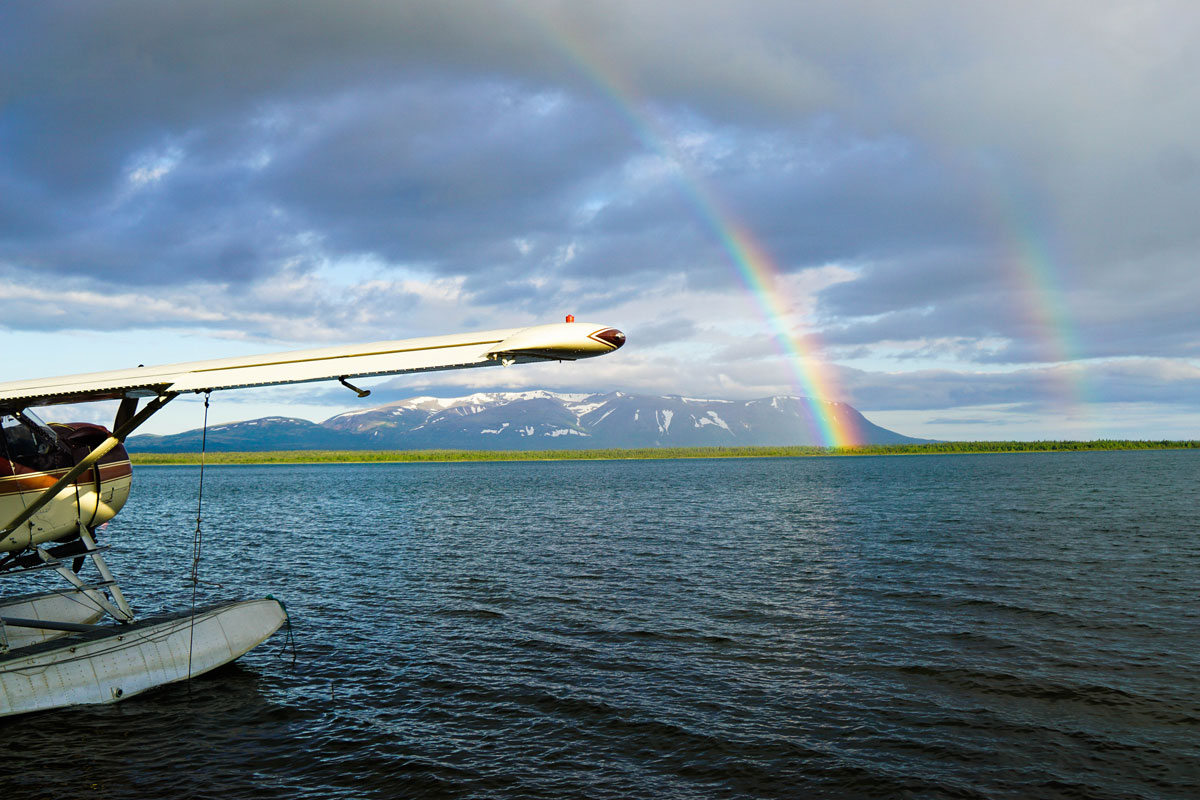
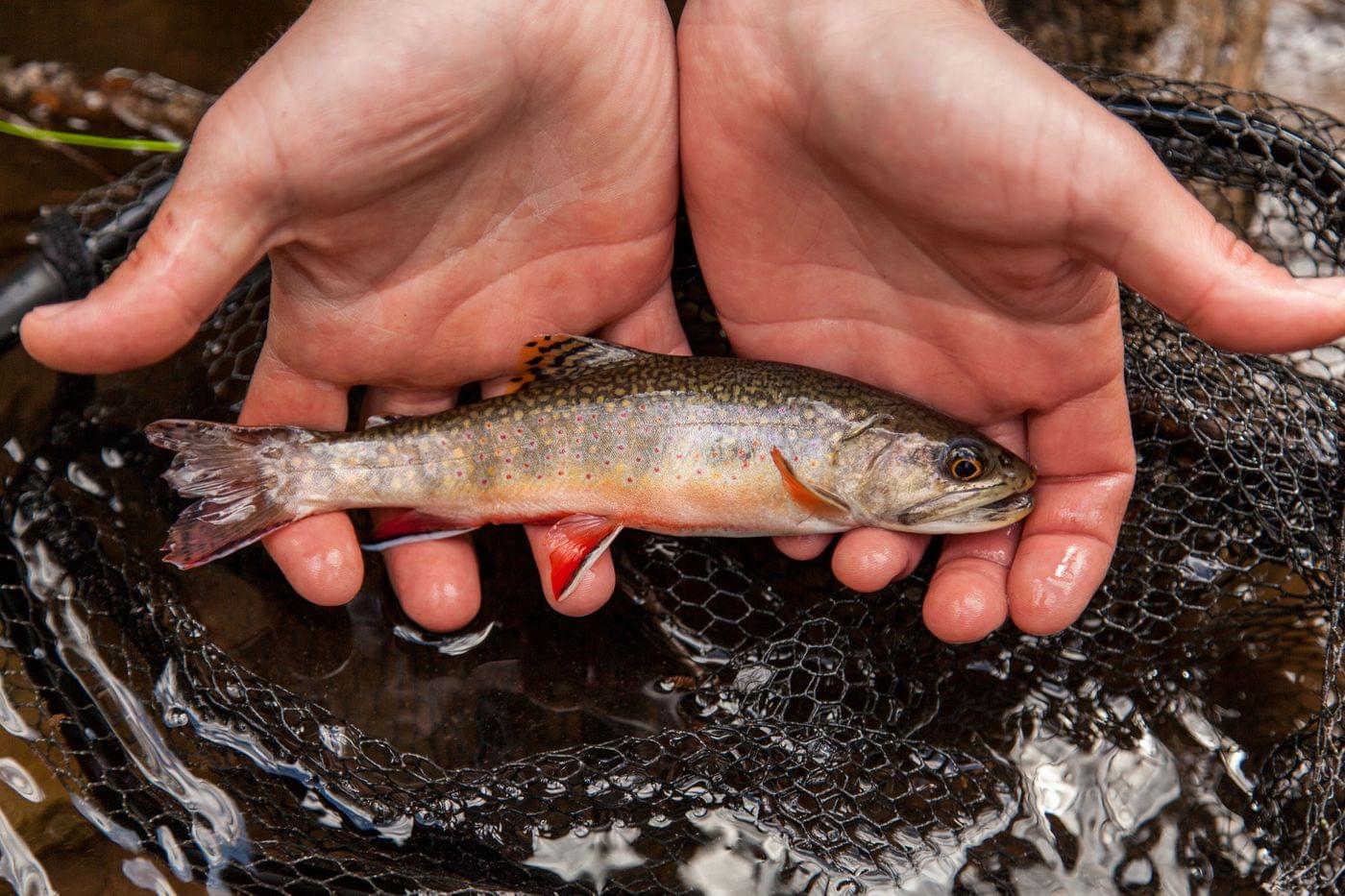
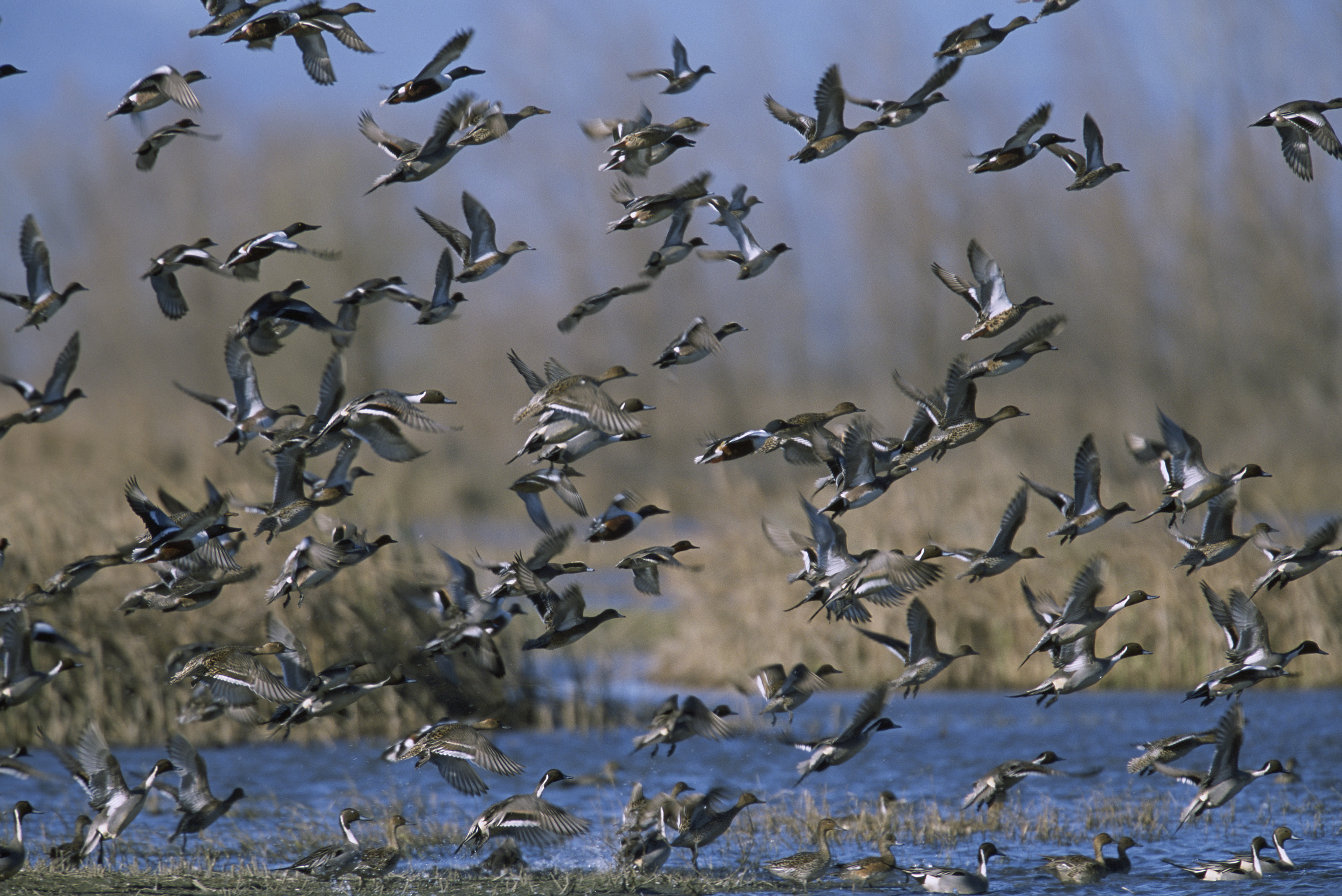




Finally! This great news for anglers. The multi species model for managing menhaden can act as a model for all forage fish. We are on our way to better sportfishing.